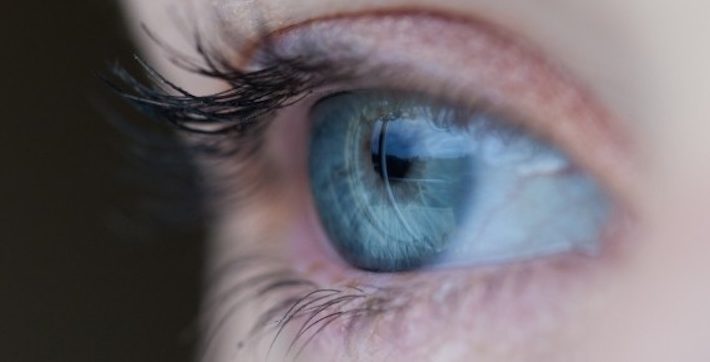(CONTINUED From Page 1)
The researchers then divided 16 patients between the ages of 20 and 74 into two groups, one of which was randomly selected to receive the transplanted tissue. They were also given standard eye drops and immune system suppressing drugs in order to reduce the risk of rejection.
Those given the stem cells showed significant improvement in the ocular surface of their eyes – the outermost layer – over the course of 18 months. These results were not seen in the control group that received eye drops.
LOOK: Thousands of Blind Dogs Get New Leash on Life With This Wearable Device
It is the first time that stem cells have been used for this purpose in a clinical trial – the gold standard scientific method for testing a new treatment.
The researchers hailed the step as a landmark for cell-based surgery and claimed that it shows promise for repairing the eye’s surface and paving the way for similar donor trials to be planned.
They believe the immune system could play a vital role in some forms of limbal stem cell deficiency (LSCD), but say more research is needed.
“Limbal stem cell deficiency (LSCD) is an irreversible disease resulting from the loss or dysfunction of these epithelial stem cells. The corneal epithelium becomes deficient and is replaced by the surrounding conjunctival epithelium, resulting in a thickened, irregular, unstable epithelium, often with inflammation,” said Dhillion.
WATCH: Smart Caption Glasses Allow Deaf Audience Members to Watch Live Theater Performers Directly
“LSCD causes severe ocular surface disease characterized by reduced vision or
blindness, chronic ocular irritation and glare.”
Dhillon hopes it could lead to new ways to tackle other forms of blindness. In the UK alone, there are almost 2 million people living with sight loss with around 360,000 registered as blind or partially sighted.
“Our next steps are to better understand how stem cells could promote tissue repair for diseases that are extremely hard to treat and if, and how, they could help to restore vision.”
Interestingly, both the stem cell and control groups showed improvements in vision which the researchers said warrants further investigation in a larger trial.
Marc Turner, medical director of the Scottish National Blood Transfusion Service and Professor of Cellular Therapy at Edinburgh University, said: “Clinical studies such as these help us to understand how complex new cellular therapies may be able to complement existing medical approaches in restoring function to damaged tissues and organs.”
Last year, two patients had their sight restored after stem cells were used to regrow the cells responsible for detailed vision in their eyes.
The man in his 80s and woman in her 60s were able to read again after the procedure. They had severe visual impairment caused by age-related macular degeneration (AMD) which affects around 600,000 people in the UK alone.
The University College London team said the treatment could be effective in other blindness causing diseases.
It’s Not Hard To See That You Should Share The Good News With Your Friends On Social Media…




















